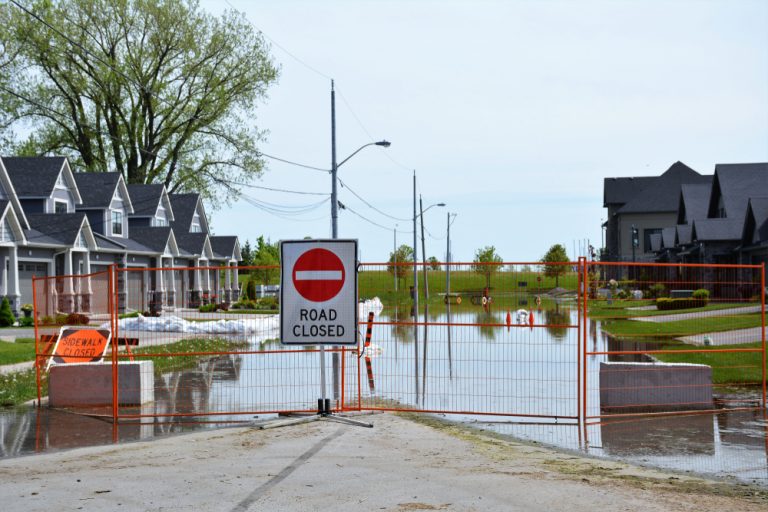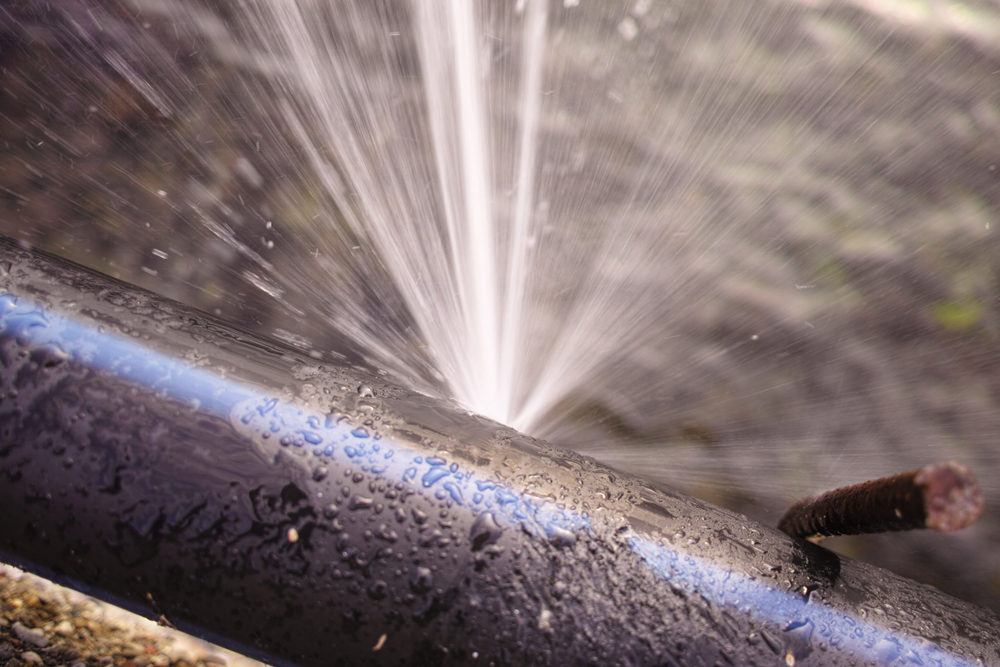Sewer backups in your home can require costly and time-consuming repairs. In order to understand how to prevent this serious issue, it helps to know what causes a sewer to back up.
Here are 7 common causes as well as tips as to how you can prevent a backup from happening.
1. Flushing Non-Flushables
One of the most common causes of a sewer backup is flushing items down the toilet that are not flushable – these include sanitary napkins, diapers, and paper towels. While the occasional flush of non-flushable items seems harmless, these items will accumulate over time and get stuck in your pipes along the way. It could take months or years but this can eventually lead to a sewer backup.
What Can You Do?
Only flush toilet paper down your toilet. Even items such as wipes that are deemed “flushable” can become clogged into your plumbing system.
Check out our post on what you should never flush down the toilet.
2. Grease Buildup
Another common issue that causes a sewer to backup is pouring grease down the drain. Even though the grease is in a liquid form when you pour it down, it solidifies once it cools in your drain.
Combine that solid grease layer with other waste, you’ll end up facing a major clog that can lead to a sewer backup.
What Can You Do?
Use a metal can or other heat-resistant containers to collect your grease and toss it in the garbage once it cools.
3. Cracked or Collapsed Pipes
The pipes in your home, especially if they are older, are bound to experience wear and tear over time. Cracked or collapsed pipes will lead to a sewer backup in your home.
Older homes are likely to have clay or cast iron pipes, both of which are known to crack as they age. However, even a sturdy material like PVC won’t last forever.
What Can You Do?
Have a professional sewer technician perform a camera inspection to determine the state of your pipes. In the event of a cracked or collapsed pipe, these will need to be repaired or replaced professionally.
4. City Sewer Lines
If your home is situated on a city sewer line, it’s possible that a backup in that system can cause a backup in your home as well.
However, a sewer backup can be caused by a sanitary sewer line or a storm sewer line – determining which it is requires a visit from a professional plumber.
When it comes to repairing a city sewer line, the city is only responsible for the sewer line that starts at the main underground sewer pipe that carries waste and wastewater to the city’s treatment plant.
What Can You Do?
Check with your municipality to see if they offer support for sanitary sewer backups.
5. Tree Roots
Tree roots, as well as the roots of other plants, naturally grow toward water looking for nutrients.
Over time, they can spread throughout your yard and grow deep enough to impact the pipes under your home.
While this impact doesn’t always damage the pipes, it is possible for roots to penetrate pipes – especially those made of older materials such as clay.
This damage can result in a sewer backup.
What Can You Do?
Prevent trees from ruining your plumbing by having trees that are impacting your pipes removed or be mindful of the types of trees you use in your landscaping.
6. Heavy Rainfall/Snowmelt
Sewer lines can only handle so much water at one time so when there is heavy rain or snowmelt, the line can get backed up.
In most cities, there are dedicated storm sewers that help prevent backups due to rain or snow. The sanitary sewer lines, however, are not designed to capture high levels of water caused by weather.
What Can You Do?
If you consistently face issues with heavy rain or snowmelt causing a sewer backup in your home, consider installing a backwater valve.
7. Clogged Gutters and Downspouts
If your gutters are not properly cleaned, and a combined piping system is used, storm sewer lines can become backed up because the water cannot properly drain when connected to sanitary sewer lines.
However, if the storm sewer lines around your home are not part of a combined piping system, clogged gutters and downspouts are less of an issue when it comes to sewer backups (although they can still contribute to flooding in the basement of your home).
What Can You Do?
Keep your gutters and downspouts clean, especially in the fall before winter hits.
Sewer Backup Repairs
A sewer backup is not an issue to be taken lightly – so take action right away by contacting the professionals at Peak Sewer & Underground Services! From sewer camera inspections to sewer line repair and replacement, we have you covered for all of your sewer and drainage needs.
Give us a call today at (780) 918-6696 or contact us through our website.
We also offer 24-7 Emergency Services!


